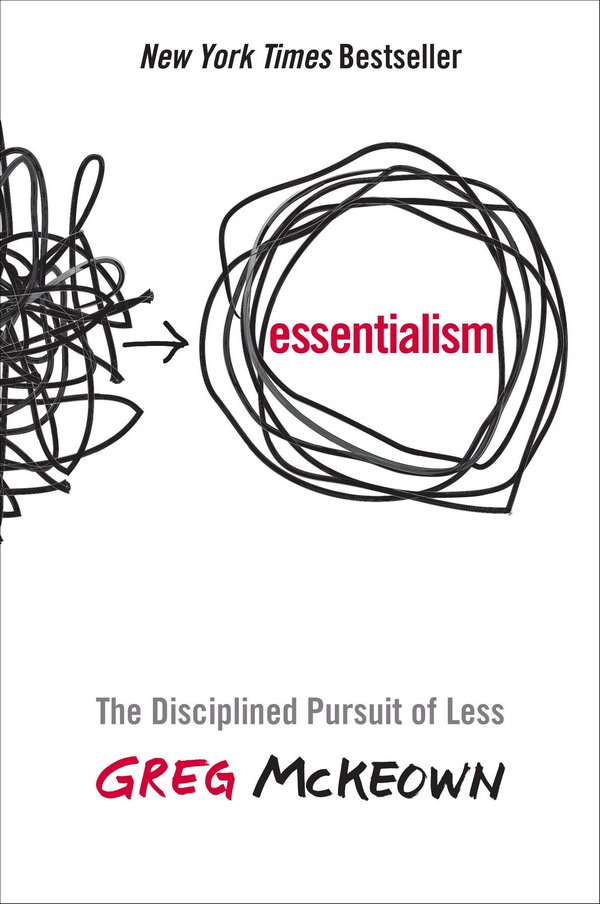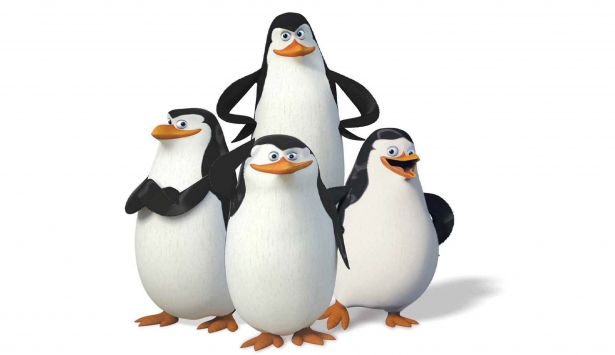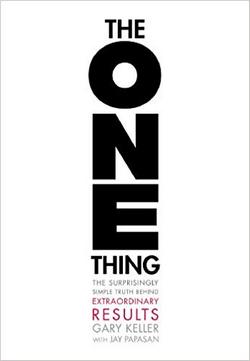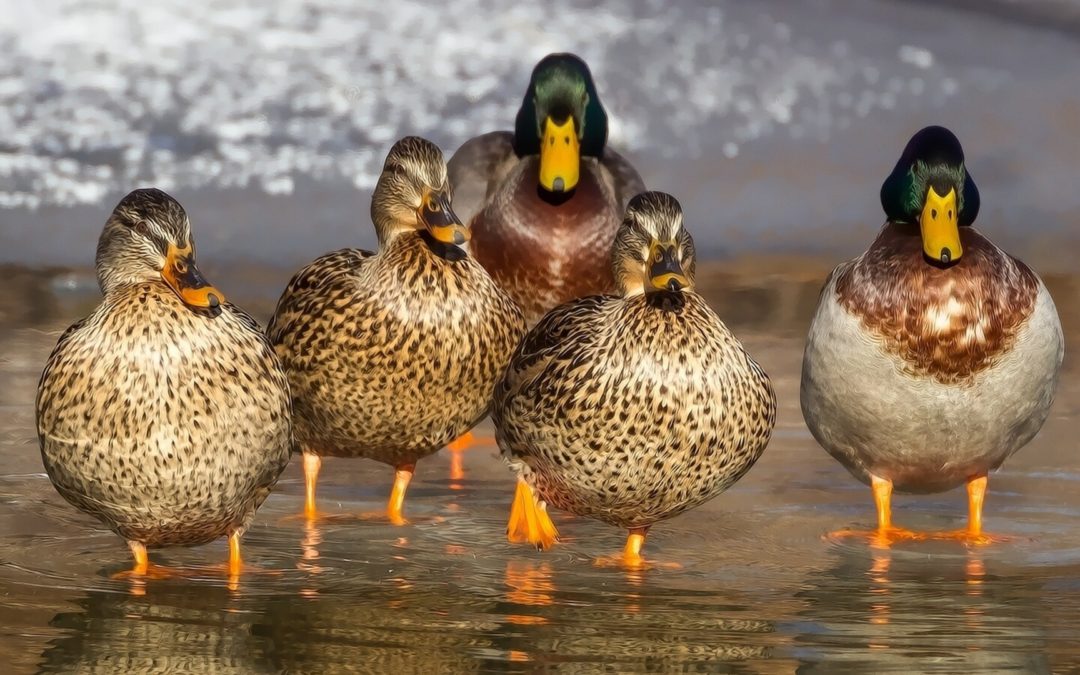Managing an engineering project is a lot like being a professional duck wrangler. People and projects are wandering around, mostly in small clusters, moving a variety of directions, and making a lot of noise.
The bad news is many of your small herds got off course and migrated northeast for the winter. As a project manager, you’re the one who’s going to get tarred & feathered if you don’t get them waddling in the right direction.
The good news is, unlike the impossible job of cat wrangler, your herds aren’t actively trying to thwart your efforts. They just need a little TLC. And maybe a compass.
From one duck wrangler to another, here are some tips to get your engineering ducks swimming happily forward and in the right direction.
Is It a Duck or Not?
Looking around your engineering pond, there will be a lot of ducks and other waterfowl squawking for your attention. It’s important to focus on the ducks. Do your project meetings ever sound like this?
Me: “OK, let’s get a list of our ducks.”
Everyone else:

- “I have 57 and they’re all top priority.”
- “This swan is beautiful! Our customers will absolutely love the swan. Let’s include it!”
- “I have two little grebes.” [Small waterfowl.] “I know they’re not ducks but hey, they’re kinda close. And these will be no problem to include. Let’s just take care of these while we’re at it.”
- “Damnit! The geese are crapping all over the place and making a huge mess. I’m sick of this and so are the customers.”
- “OMG! OMG! Flamingo! How fun would that be?! Come on, we have to throw in a couple of flamingos!”
- “Can we squeeze in a penguin? I’ve had one on my to do list for forever and since we’re already in the water, this would be the perfect time to deliver it.”
Before you know it, your Ducks R Us project has turned into a mess of feathers and poop that includes chickens, sparrows, and two people insisting on a snipe hunt as part of the project.
It’s time to be ruthless in your waterfowl selection.
Start with a definition of your ducks – aka, a project charter. Refine that definition as much as you can. If possible, segment your duck list even further into mallards, shovelers, greys, woods, and pintails. And then decide which of those do and don’t belong to your flock.

As a side note, yes, I am becoming quite the duckologist. And I know what I’m having for dinner tonight.
Please note that projects, like ducks, breed. Quickly. Depending on the type, a duck can lay 60 to 300 eggs per year. Some of my projects have been rabbit/duck hybrids and were popping out new tasks at an alarming rate.
Because of this, circle back frequently to groom the flock and keep it as refined as possible.
Get Your Ducks in a Row
A real, but slightly modified, conversation I had not long ago.
Me: “We have 97 ducks. We identified 57 as being high priority.”
Huey: “Top priority.”
Me: “Yes, top priority. Okay, so which one do we pluck and cook first?”
Huey: “The 57.”
Dewey: “All of them. They all have to be cooked. Technically we agreed to have half of them eaten by last week and we haven’t eaten any yet.”
Me: “When are the other half due?”
Louie: “Tomorrow.”
Me: “Well, we can’t possibly cook and eat them by tomorrow. Let’s choose the ones to cook first and put the rest in a line.”
Dewey: “They all have to be done at the same time. They are inter-dependent.”
Louie: “Yeah, we need to eat them all at the same time.”
Me: “With the oven, the BBQ grill, and the deep fryer, we can cook 3 at a time. Can we choose three to cook first?”
Louie: “You’re not listening. They all have to be eaten at the same time. And cooked at the same time. And it has to be by tomorrow.”
If this is your life … welcome to the club. And have a little hope. People eventually get it. But getting there can be plucking painful.
Here are a couple of resources to help you and your team focus. They are worth a read and a re-read and a couple of listens to the audiobooks while you commute.

In Essentialism, author Greg McKeown builds a case for less is less and that’s a whole lot better than more. Rather than helping us become more productive and getting more things done, he encourages us to focus on the work which is truly essential to our goals and only doing that work … the right work.
Yes, yes, penguins are super cute. But you’re a duck wrangler. Go rounds up the ducks and leave the penguins to DreamWorks.


Similarly, Gary W. Keller and Jay Papasan reveal the simple truth behind extraordinary results in their book, The ONE Thing. Simply put, do one thing at a time and choose the one thing that will make as many other things as possible unnecessary. Like McKeown, the pair recommend less instead of more.
I’m a fan of Kanban boards to organize giant to do lists. Trello, JIRA (I freakin’ love me some JIRA), and MeisterTask are a few of my favorites. But you can get the job done with a spreadsheet or even Post-It notes and a blank wall.
Finally, when your ducklist is complete and in order, wrangle a few (just a few) and get started.
Work With as Few Ducks As Possible
A few weeks ago I was in line to check out at the Ikea in Houston on a Sunday. I know – poor planning on my part. But that’s the lesson for a future blog post.
The cashier in my line could not care less about her job. And I don’t blame her. She had an unending line of quack-head customers waiting to check out. Every time I turned around, the line was longer. I could feel her hopelessness She looked about as happy as a duck in Arizona. (Yes, apparently that is a saying.)
That’s how your team can feel when they’re working on a project: it’s a hopeless, never-ending grind. But you can alleviate some of that stress by limiting their work in progress through sprints or mini-projects and lots of quick milestones.
Just about any agile project manager will tell you to always limit your WIP (work in progress) so that the team can get a sense of accomplishment. In addition to allowing you to measure progress more accurately, this also helps the team move together instead of someone running out ahead and completing tasks that the team isn’t ready for quite yet.
Limiting the WIP could involve a sprint if you use scrum or it could be as simple as the Ivy Lee method.
- At the end of each workday, write down the six (only six) most important things you need to accomplish tomorrow.
- Prioritize those six in order of importance.
- When you arrive the next day, concentrate on the first task and only the first task. Finish that before moving on to the second task.
- Approach the rest of your list the same way. At the end of the day, move any unfinished items to a new list of six tasks for the following day, add new items, and reprioritize.
- Repeat.
If you’re working with a team, make this a team exercise in order to add a sense of accomplishment and accountability.
Final Takeaway
Like ducks, projects come in all shapes and sizes. And, just like ducks, if take the time to get them lined up, you’re more likely to end up with duck soup (something easy) than trying to milk a duck (something impossible.)
I’m certainly an advocate of Scrum, Agile, and Modern Agile. But any type of project management approach you take from the simplistic Ivy Lee to a full-blown MS Project behemoth will help you and your team keep your ducks from running amuck.

Author: Tracy Thomason
Agile project manager by day, craft beer drinker by night, and avid reader anytime I can get 5 minutes alone with my Kindle.
More posts by Tracy
Photo Credits
Featured Photo: Patou Ricard from Pixabay
Flamingos: Alejandro Contreras on Unsplash
Other credits inline

